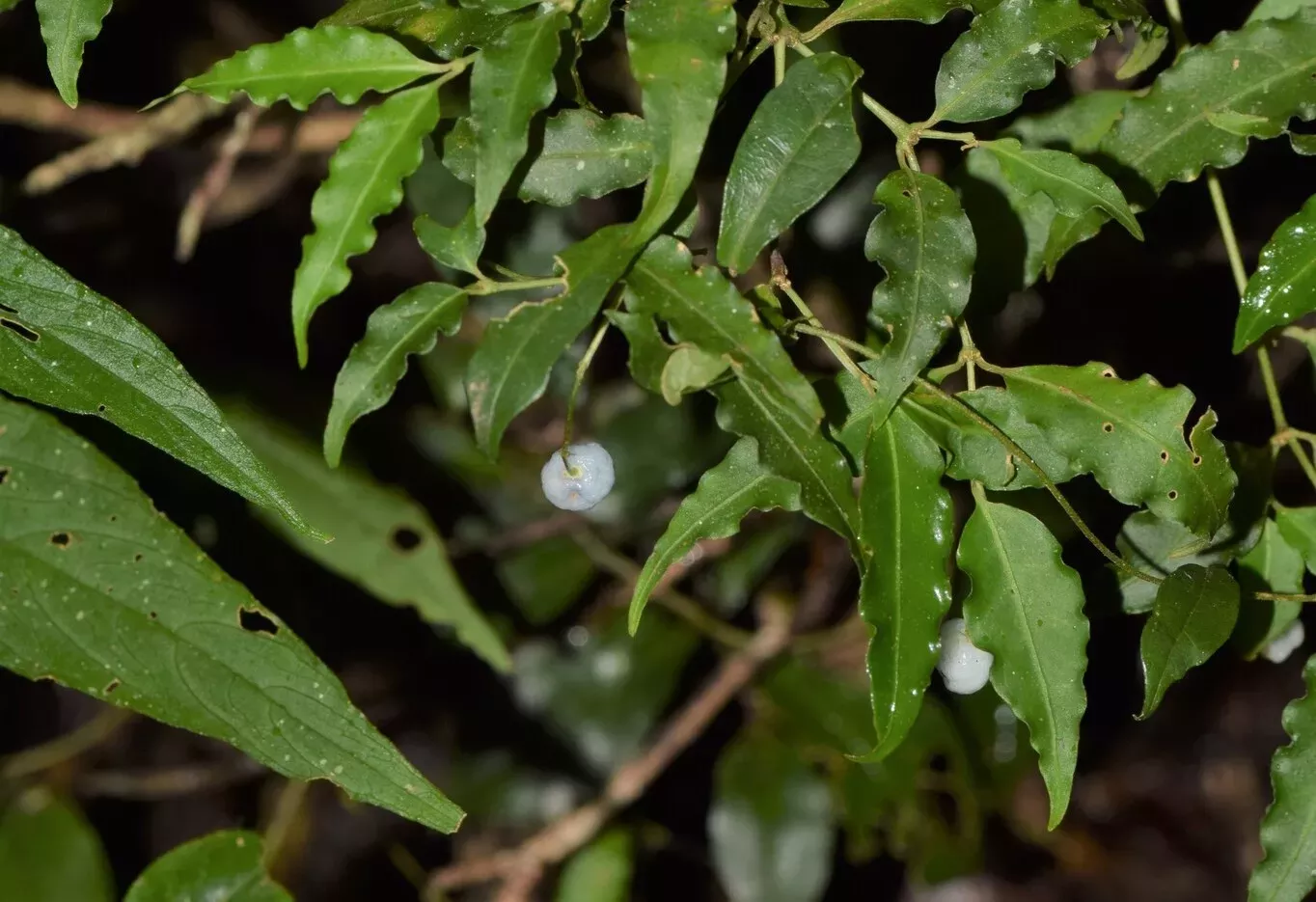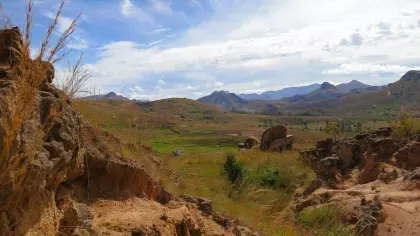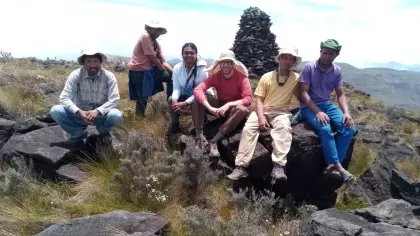19 January 2023
iNaturalist & Zavamaniry Gasy - Identifying Malagasy plants online
How can you utilise social media to get people across an entire nation helping to record biodiversity? The Kew Madagascar team have the answer.

What is iNaturalist/Zavamaniry Gasy?
iNaturalist is a free online social network platform on which you can find the Zavamaniry Gasy (Plants of Madagascar) project.
Zavamaniry Gasy brings together iNaturalists, citizen scientists and biologists to map and share biodiversity observations across Madagascar. It was launched by Kew Madagascar Conservation Centre (KMCC) under the JRS Biodiversity Foundation funds in 2014.
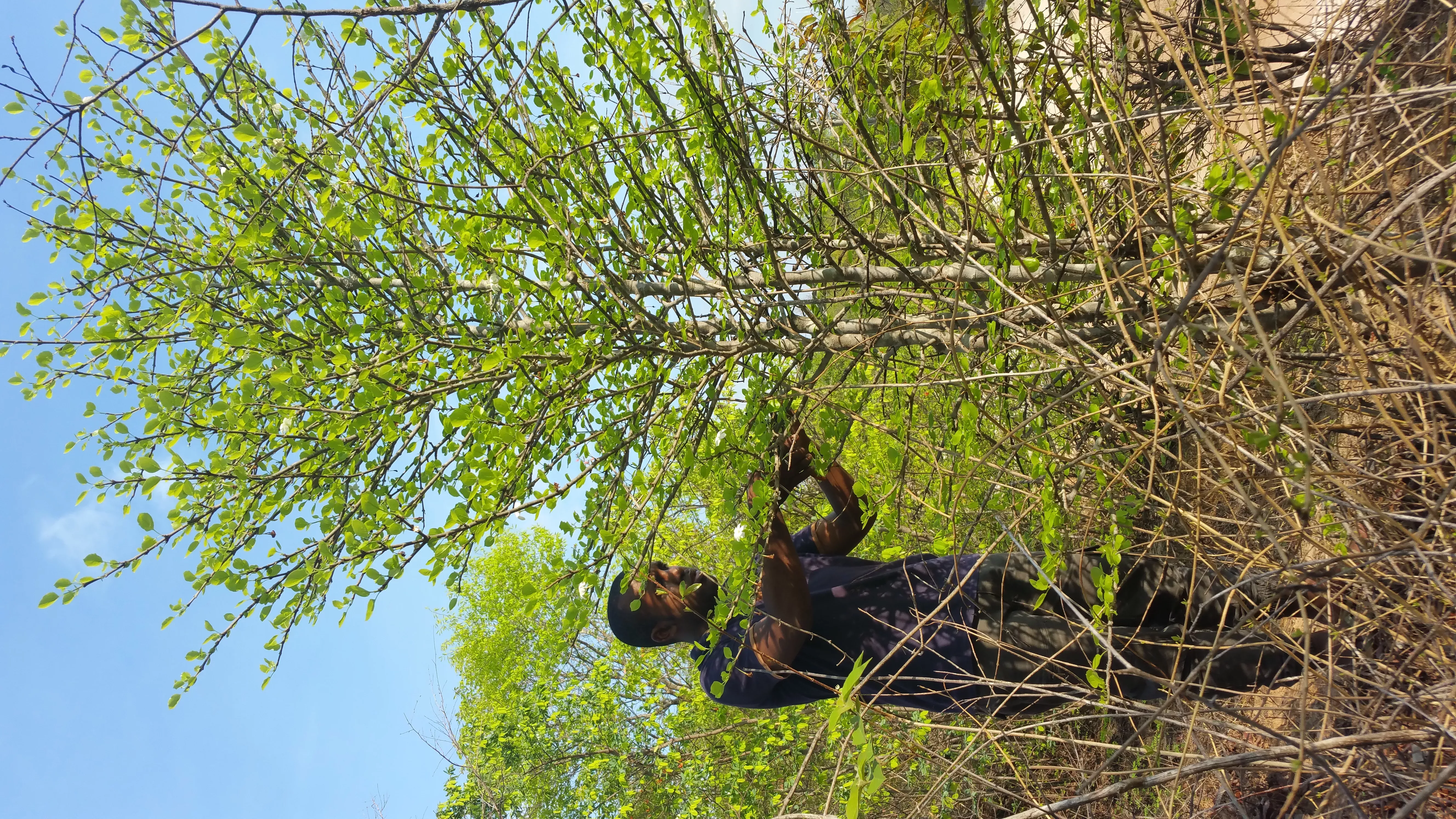
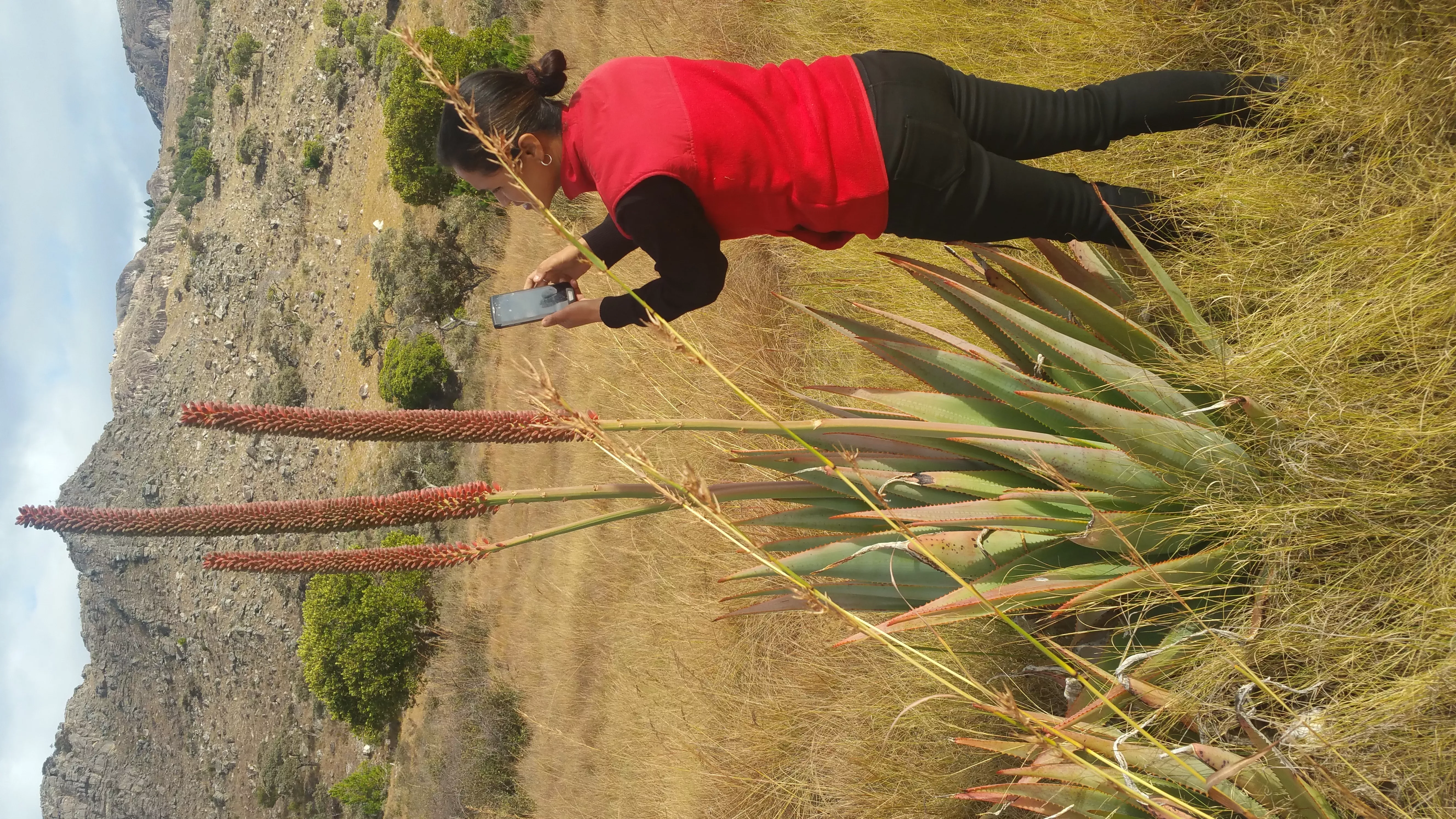
Alongside Zavamaniry Gasy, KMCC as part of the Critical Ecosystem Partnership (CEPF), and Today’s Flora for Tomorrow (TFT) project, have created five other projects. These include those such as the Ambatofinandrahana Key Biodiversity Area (KBA), Bongolava KBA, Montagne des francais, Itremo PA and Kasijy Special Reserve.
Alongside all of this, seven bioblitzes have taken place within our iNaturalist platform.
A bioblitz is an event that focuses on finding, recording and identifying as many species as possible in a specific area over a short period of time. At Analamazaotra-Mantadia NP (National Park), a 2016 bioblitz tallied 732 observations by 29 on the ground recorders, identifying 259 species with the help of 140 experts.
At Ankarafantsika NP in 2018, the scale was similar in size. A total of 31 surveyors and 102 species identifiers totaled between them 185 species identifications across 466 observations. Both of these bioblitzes, carried out with the help of students at RBG Kew and Queen Marys University of London, are two examples of Bioblitzes made and recorded in iNaturalist.
All data in these 11 subprojects are transferred automatically to our Zavamaniry Gasy platform. With so much data at our disposal, the project has been able to produce a few guides for distinctive plant groups, such as this guide to the famous Baobab tree of Madagascar.

The scale of observations and observers
Until the time of writing (December 2022) 58894 observations have been posted by 886 people! These observations feature a total of 5016 species, some yet unidentified, but many known or new to science. Such an effort has only been possible with the participation of 1232 identifiers.
The most observed species are Tapia tree (PHYLLANTHACEAE), Fony baobab tree (MALVACEAE) and Elephant’s foot plant (APOCYNACEAE) with 492, 245 and 242 observations respectively.
On the other side of the coin, 70 species have been observed only nine times, such as non-endemic species (African tulip tree, Guinea guava, Barbary fig and Mysore trumpet vine). The top ten observers and species identifiers so far on the project are all staff here at Kew Madagascar and have each posted more than 1200 observations.
UPDATE - As of November 2023 the total observations recorded by the project now sits at 70,814, accounting for 5427 Malagasy species!
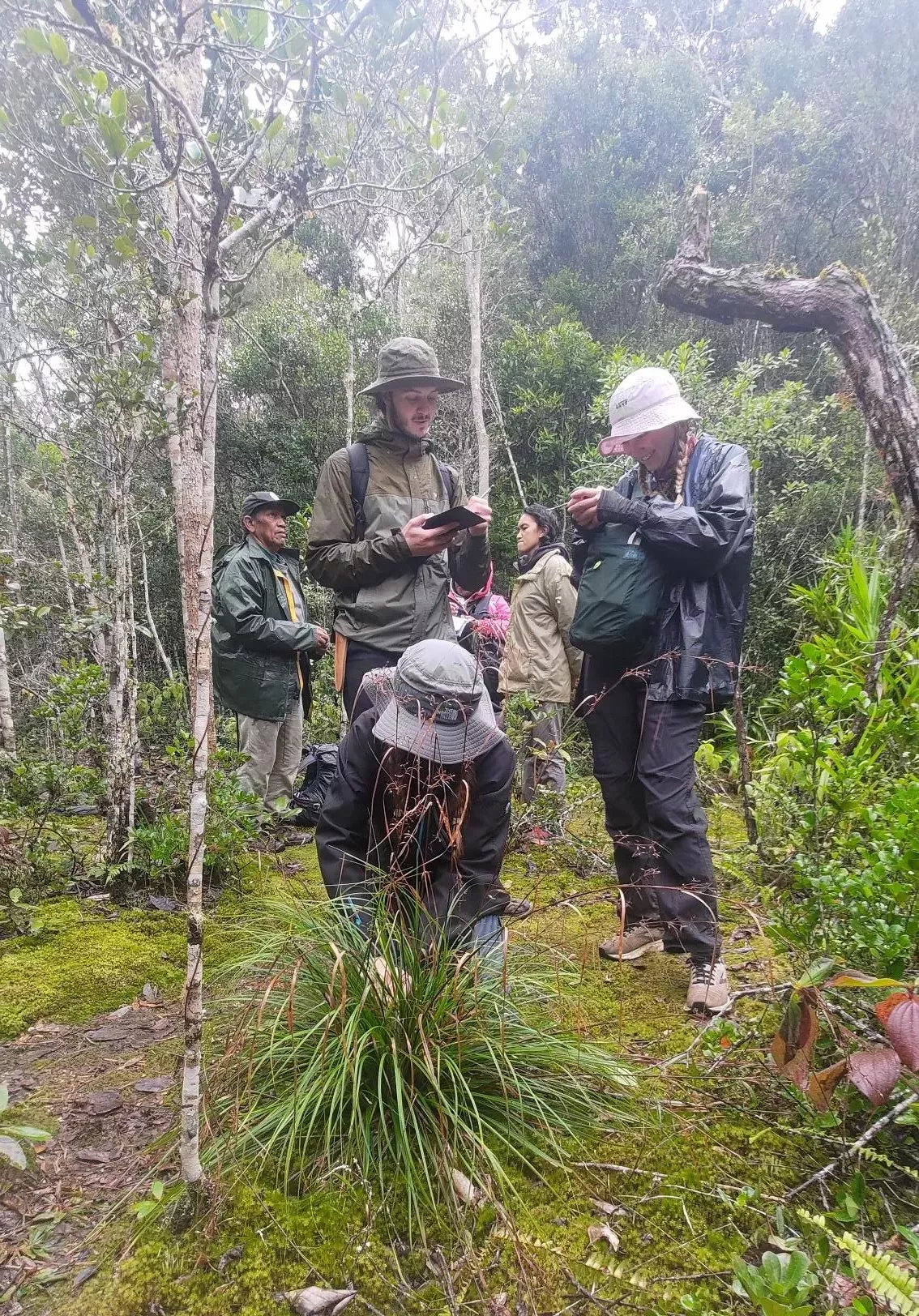
Benefit to the next generation
During a 2022 field trip, students of RBG Kew and Queen Mary University of London studied the Analamazaotra, Mantadia and Mitsinjo protected areas. Together, 17 people collected 1013 observations of plants distributed across 247 identified species and unidentified taxa. In the naming of the observations, 44 people have participated.
Every single plant discovery made, as well as those of fungi and lichen, become a part of our platform's dataset.
The most observed families on this particular surveying effort were Rubiaceae, Orchidaceae and Arecaceae, respectively with 139, 79 and 31 observations, as these are families common and abundant in Malagasy evergreen forest.

New findings
After finalising the identification process for all of 2022's observations, we name three species as entirely new to science:
- Malleastrum sp nov. (Chinaberry family)
- Psychotria sp nov. (Coffee family)
- Chassalia sp nov. (Coffee family)

What is the future for our project?
A key next step and another test for our platform is to facilitate the identification of plants and fungi in Analamazaotra-Mantadia National Park.
In this key area, we plan to develop a project where together, Malagasy students and citizens can join with MSc students from RBG Kew and Queen Mary University of London, can make new discoveries for use by future generations.
As well as allowing us to understand more about these unique ecosystems and plan their protection, Zavimaniry Gasy's availability on any smartphone is what makes it special and accessible. Not only can it be used to identify plants from the forest, but also roadsides, gardens and rice fields by anyone that wants to use it.
The data we're building here in Madagascar will help local communities working on biodiversity and tourism initiatives to increase their botanical expertise, and in many ways, help build a future in Madagascar where knowledge of our botanical world is shared and used freely.








